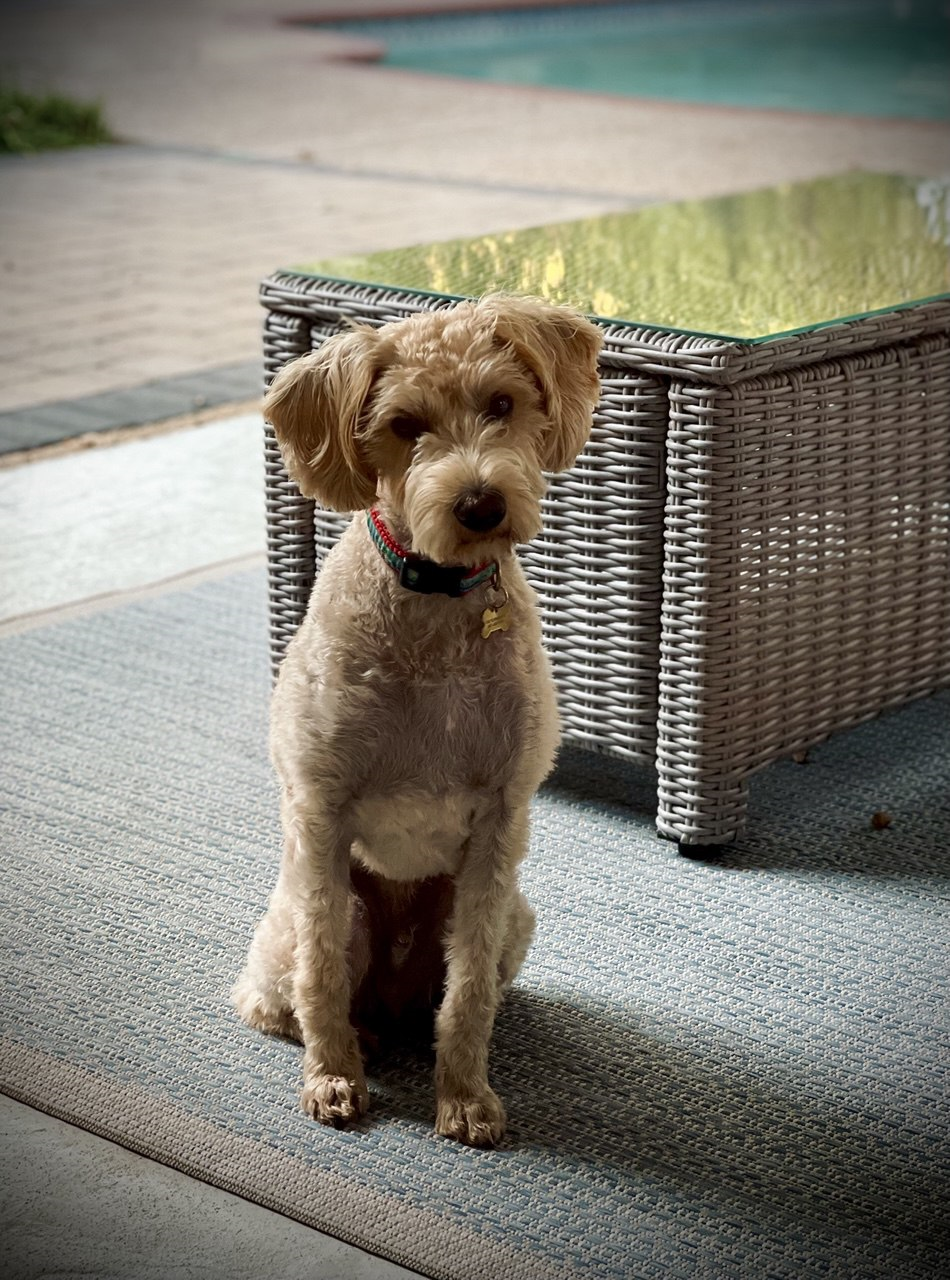Teaching the True Meaning of “No” in Dog Training
“No.”
It’s a word we often say to our dogs. An important word. One we use to keep them safe—whether it's stopping them from eating something harmful or preventing them from jumping on a friend. Maybe we use it when they get a little too rough. I even hear it over and over in training sessions when the dog doesn't understand.
“Sit… No… Sit… No… Sit.”
It’s an important word.
But have you actually taught your dog what “No” means? Or do you just say it, hoping they'll catch on eventually? Often, it becomes background noise. In the dog training world, we call this learned irrelevance—where a dog gets used to certain cues or commands that don’t lead to anything meaningful, so they start ignoring them. If you keep saying a word but nothing happens, your dog will stop paying attention to that word.
This can make training harder because the dog won’t respond to cues you've been using.
So how do we fix this? How do we get our dogs to understand “No”?
We start by looking at it from a different perspective.
Let’s say we’ve just met. I ask you to help me get something out of my car. You agree, head out to the parking lot, and reach for one of the cars. I say, “No.” You try another car. “No.” How long before you’re frustrated?
Now, because we’re human, you’d probably ask me some follow-up questions—“Which car is yours?” Or maybe I’d walk out with you to show you. But dogs don’t think like that.
What if I had told you upfront, “It’s the white Jeep”? You’d know exactly what to do—no guesswork.
How does this apply to dog training and the word “No”?
The key is to answer this question: What does “No” actually mean? And more importantly, how can you explain that as clearly as possible to your dog?
The answer is simple: Take the guesswork out of it. Teach your dog clear, specific cues instead.
For example:
- Your dog is trying to eat something they shouldn’t?
You don’t really mean “No.” You mean “Leave it.”
- Your dog is running out the door?
You don’t mean “No.” You mean “Come here.”
Teach your dog a more broad range of cues.
Personally, I don’t teach “No” in my classes. It’s too vague and can mean too many things. Many dogs understand “No” as a negative cue, but it’s often misused in critical moments.
Let’s talk about negative cues.
Negative cues aren’t just “No”; they’re more about giving your dog a chance to correct a mistake. We often use them with behaviors like “stay.” For example, when your dog starts to get up from a mat, you might say “Oops!” or “Uh-uh.” It’s a signal for them to pause and try again. Sometimes, people use “No” in these situations too, which is why many dogs have a broad but unclear understanding of it.
This is why a specific cue works better for consistent results.
Leave it:
When taught properly, "Leave it" means, “Disengage, walk away, you can’t have it.” Your dog learns that when you say “Leave it,” they should immediately stop trying to engage with the object or food.
For example, imagine you drop food on the floor and say, “No!” Your dog may hesitate and look up at you, giving you enough time to grab the food. But that’s just a momentary pause.
Now, imagine a different scenario: your toddler spills a bowl of cereal across the room. You say, “Leave it!” Because your dog understands the cue, you now have enough time to calmly walk across the room, redirect your dog, and even fetch the broom to clean up. With a well-taught “Leave it,” your dog knows exactly what to do—disengage and ignore the temptation.
The difference:
A clear cue like “Leave it” is direct and concise—it tells your dog exactly what you expect. In contrast, a negative cue like “No” offers your dog a chance to pause and reconsider, but without specific guidance on what to do next.
Don’t get me wrong—negative cues are valuable!
I love giving my dog the chance to think for themselves and make good choices. It helps build trust and reinforce learning. But there are moments when I need my dog to act immediately, and that’s when clear, specific cues make all the difference.
In conclusion: Dogs can learn a lot! They can understand various words and phrases when we teach them clearly. The clearer you are, the better your dog will respond.

Struggling with teaching your dog the meaning of "No"?
If you're ready to move beyond the frustration of unclear cues and want to teach your dog clear, effective commands like "Leave it" or "Come here," I can help! I offer private in-home lessons to provide hands-on guidance tailored to your dog's specific needs.
Not in the area? No worries! My virtual training sessions allow you to get professional dog training no matter where you live in the country. Whether in person or online, we’ll work together to ensure your dog understands exactly what you mean—every time.Ready to see the difference? Contact me today to schedule your first session!